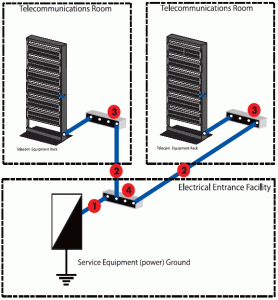Simplified Name for 2012 Edition of the IEEE 802.3™ Standard
In a welcome nod to keeping things simple, the 2012 edition of IEEE Std 802.3 will feature a new and succinct title. The unwieldy name of IEEE Std 802.3-2008 is:
IEEE Standard for Information technology –Telecommunications and information exchange between systems – Local and metropolitan area networks – Specific requirements Part 3: Carrier sense multiple access with Collision Detection (CSMA/CD) Access Method and Physical Layer Specifications
The title of the 2012 edition is expected to be:
Standard for Ethernet
Kind of makes one wonder how we ended up with such an awkward title in the first place?! Kudos to the IEEE 802.3 Ethernet Working Group for making our lives a little easier.
The IEEE 802.3 Maintenance Task Force is developing the 2012 edition of IEEE Std 802.3, which will incorporate approved maintenance changes and the content of the following standards:
IEEE Std 802.3at-2009 (DTE Power Enhancements),
IEEE Std 802.3av-2009 (10Gb/s PHY for EPON),
IEEE Std 802.3az-2010 (Energy-efficient Ethernet),
IEEE Std 802.3ba-2010 (40Gb/s and 100Gb/s Ethernet),
IEEE Std 802.3bc-2009 (Ethernet Organizationally Specific type, length, values (TLVs)),
IEEE Std 802.3bf-2011 (Ethernet Support for the IEEE P802.1AS Time Synchronization Protocol),
IEEE Std 802.3bg-2011 (40Gb/s Ethernet Single-mode Fibre PMD), and
IEEE Std 802.3-2008/Cor1-2009 (Pause Reaction Delay Corrigendum)
Refer to the IEEE 802.3 Maintenance Public Area for further information.

 Not so fast.
Not so fast.